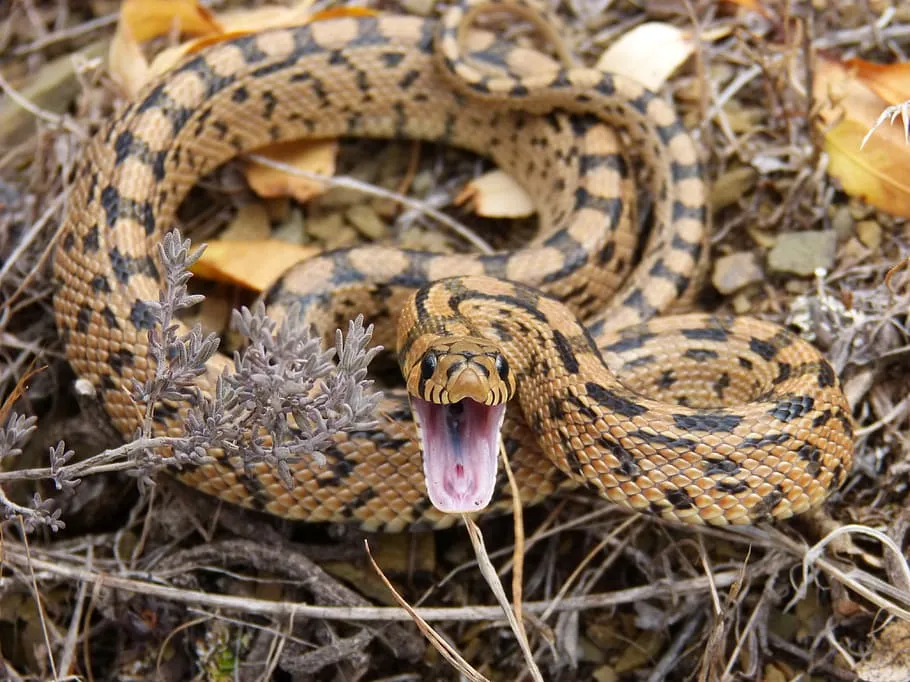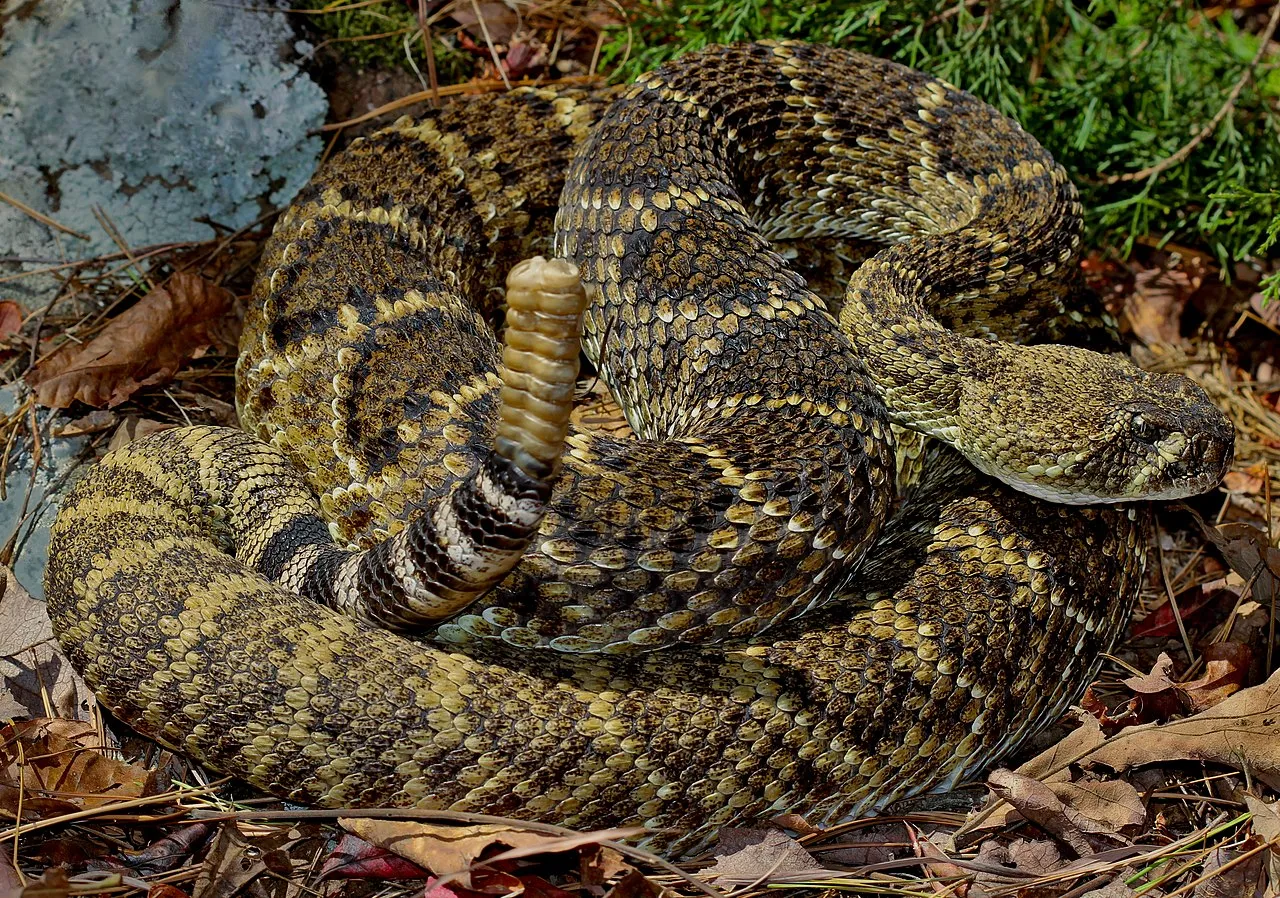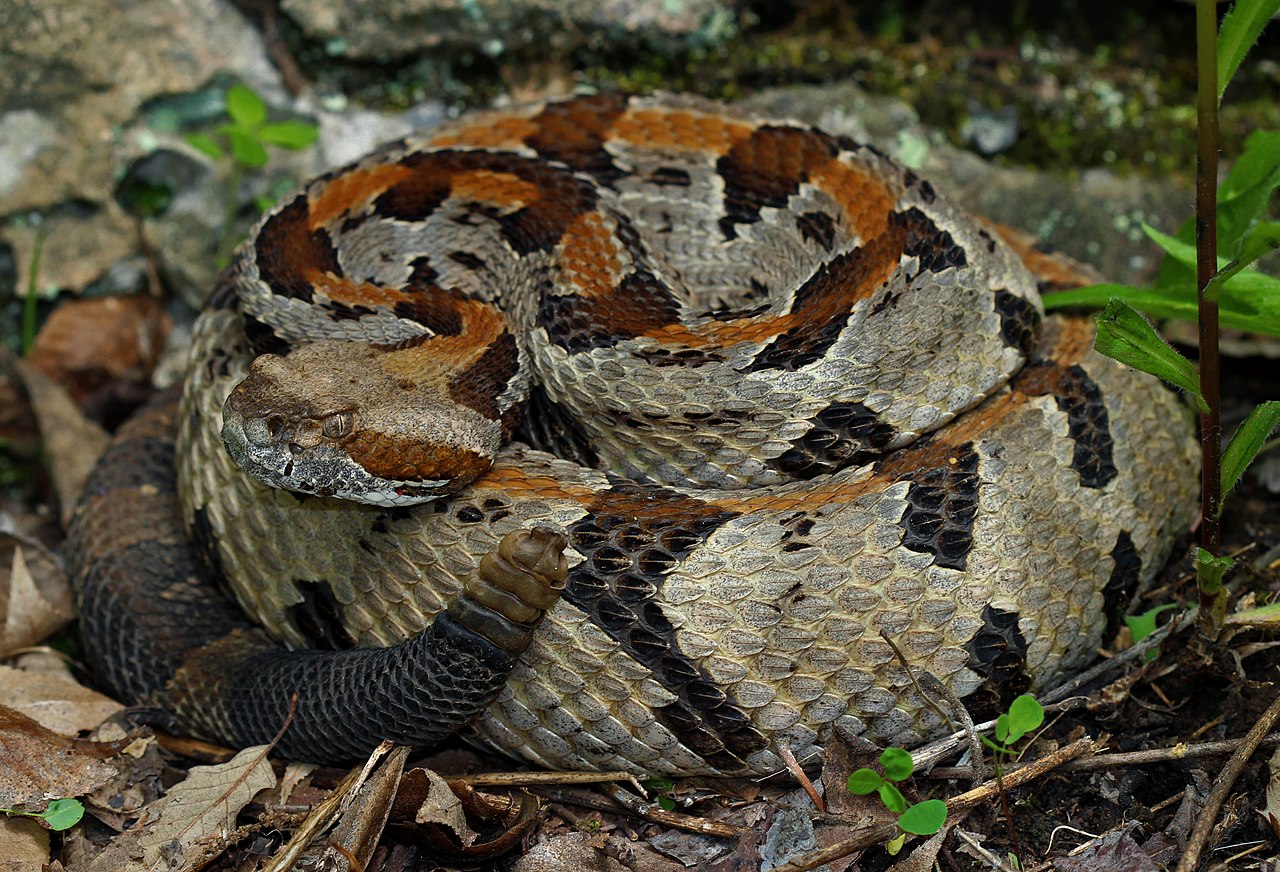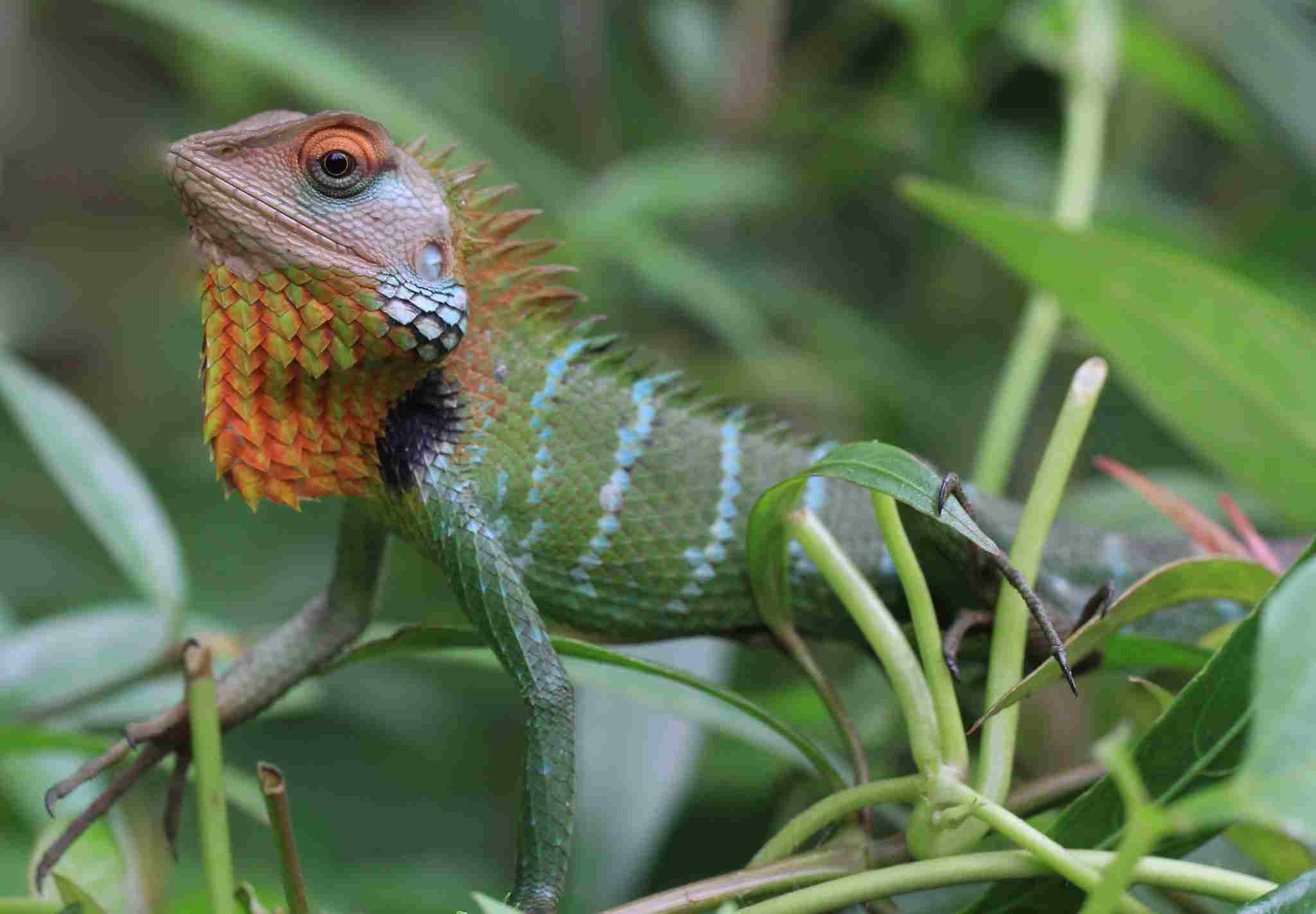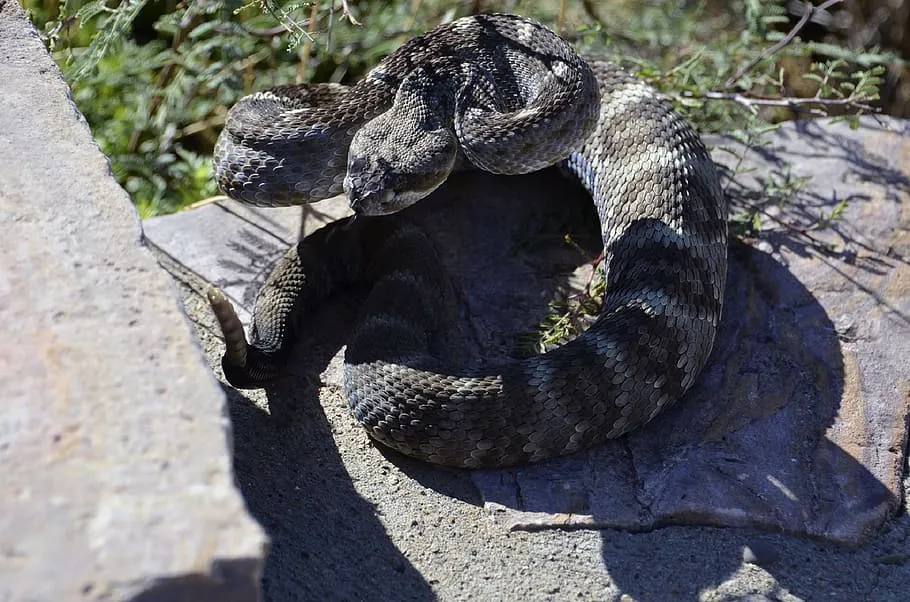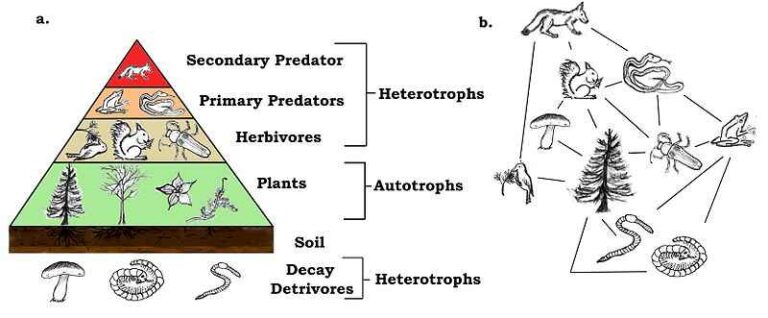Bobcat Vs Rattlesnake Size, Weight, Overall Comparison
In contemplating a hypothetical confrontation between a bobcat and a rattlesnake, we examine their respective characteristics to anticipate the potential outcome. This analysis considers their taxonomy, appearance, size, weight, reach, strength, and predatory features.
Bobcat vs Rattlesnake: Assessing the Likely Victor in a Confrontation
In a theoretical face-off between a bobcat and a rattlesnake, the bobcat is anticipated to prevail in a fight due to its superior size, weight, reach, and strength, despite the rattlesnake’s reputation as a formidable ambush predator.
I). Predatory Nature of Rattlesnake:
– Rattlesnakes are renowned as skilled ambush predators, relying on stealth and venom to subdue their prey. While this predatory nature makes them effective in surprise attacks, their physical attributes may pose challenges in a direct confrontation.
II). Size and Weight:
– The bobcat, being larger and heavier than the rattlesnake, holds a distinct advantage in a physical encounter. The size and weight disparity allow the bobcat to potentially overpower the rattlesnake, limiting the snake’s ability to utilize its ambush tactics effectively.
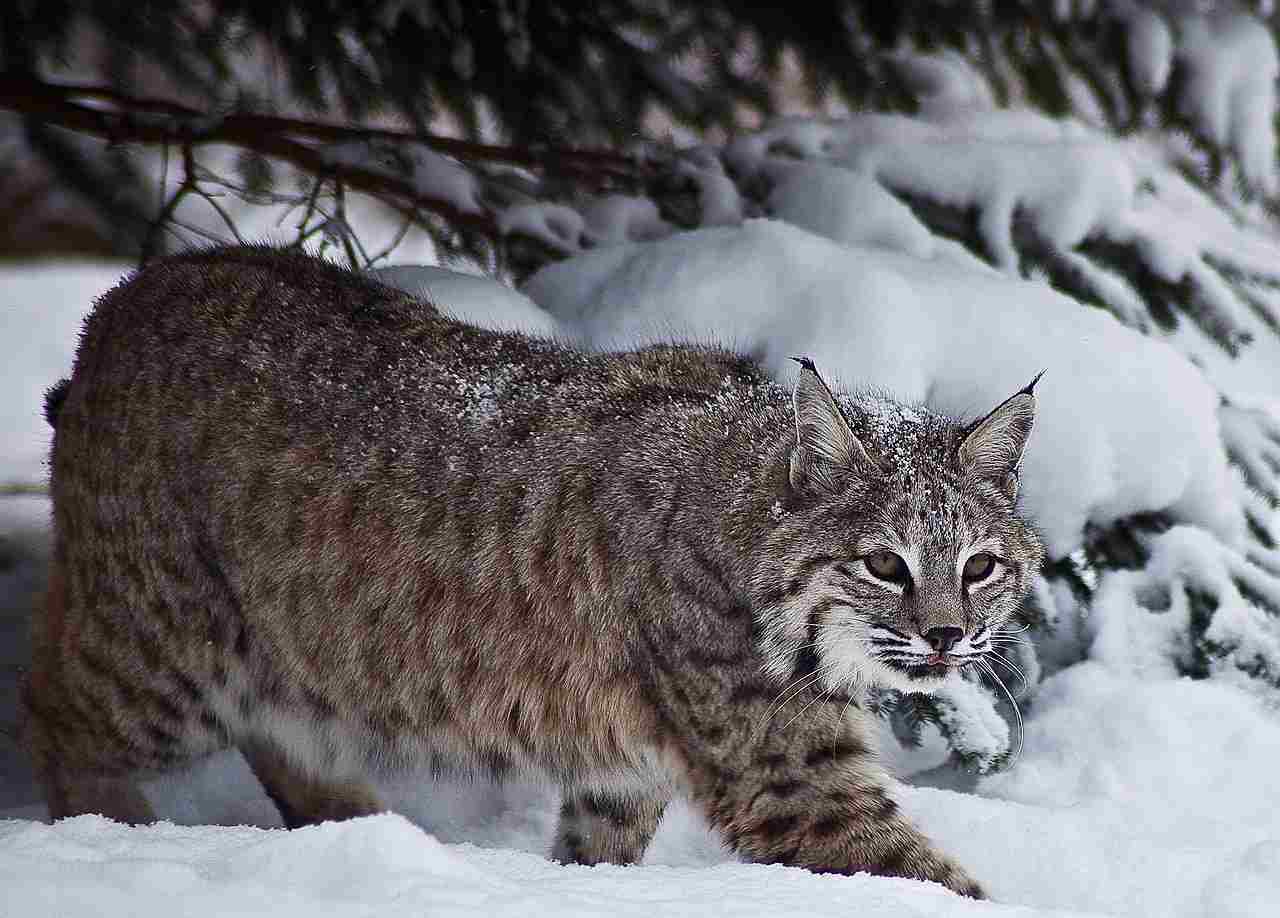
III). Reach:
– The bobcat’s physical structure provides it with greater reach compared to the rattlesnake. This advantage is crucial in avoiding the snake’s strikes and positioning the bobcat for a decisive attack, mitigating the effectiveness of the rattlesnake’s venomous bite.
IV). Strength:
– The overall strength of the bobcat, derived from its larger muscle mass, positions it as a formidable adversary in a confrontation with a rattlesnake. The bobcat’s strength may enable it to subdue the snake and neutralize its predatory capabilities.
V). Overall Verdict:
– In a one-on-one fight, the bobcat is likely to emerge victorious over the rattlesnake. Despite the rattlesnake’s proficiency as an ambush predator, the bobcat’s superior size, weight, reach, and strength collectively give it the upper hand in a direct confrontation. The physical advantages of the bobcat diminish the effectiveness of the rattlesnake’s predatory strategies in this hypothetical scenario.
*Details of Comparison
| Criteria | Bobcat | Rattlesnake |
| Taxonomy | Mammal (Felidae) |
Reptile (Viperidae)
|
| Appearance | Short fur, compact build |
Scales, elongated body
|
| Size | 28-40 inches |
Varies by species, 1-8 feet
|
| Weight | 15-30 pounds | Varies |
| Bite Force | Predatory jaw strength | Venomous bites |
| Physical Offensive Advantages | Claws, jaw strength |
Venomous fangs, striking
|
| Physical Defensive Advantages | Agility, camouflage |
Camouflage, warning rattles
|
| Speed | Up to 30 mph |
Slower, a few mph
|
| Agility | Highly agile, climbing | Agile in striking |
| Overall Physical Capacity | Versatile predator |
Ambush hunter, venomous
|
| Habitat Preference(s) | Diverse, including forests | Varied, deserts |
| Tracks | Paw prints, retractable claws |
Sinuous trail, no claws
|
| Lifespan | 7-10 years (wild) |
10-25 years (wild)
|
| Mode of Feeding | Active hunting |
Ambush, venomous bites
|
| Social Behavior | Mostly solitary | Mostly solitary |
| Mode of Reproduction | Polygamous, live birth |
Ovoviviparous, live birth
|
| Parental Behavior | Extensive care | Limited care |
| Proximity to Human Areas | Adaptable to suburban areas |
Adaptable to suburban areas
|
| Behavior Toward Humans | Generally avoidant |
Generally avoidant
|
| Danger Posed to Humans | Rarely dangerous |
Potential danger due to venom
|
| Associated Precautions | Caution, education for coexistence |
Caution, education for coexistence
|
| Conservation Status | Generally “Least Concern” |
Varies by species, may face threats
|
| Conclusion | Similarities in ecosystem balance, Differences in adaptations, reproductive strategies |
Ecological understanding crucial for conservation
|
Key Points:
- Adaptations: Bobcats rely on physical prowess, while rattlesnakes use venom.
- Behavior: Both mostly solitary, generally avoidant of humans.
- Reproduction: Bobcats are polygamous with live birth, rattlesnakes are ovoviviparous with live birth.
- Conservation: Bobcats generally “Least Concern,” rattlesnake status varies, requiring specific conservation approaches.
- Ecological Implications: Unique contributions and challenges impact ecosystem dynamics.
1. Taxonomy:
Bobcat (Lynx rufus):
Kingdom: Animalia
Phylum: Chordata
Class: Mammalia
Order: Carnivora
Family: Felidae
Genus: Lynx
Species: L. rufus
Rattlesnake (Crotalus spp.):
Kingdom: Animalia
Phylum: Chordata
Class: Reptilia
Order: Squamata
Suborder: Serpentes
Family: Viperidae
Genus: Crotalus (multiple species within the genus)
2. Appearance:
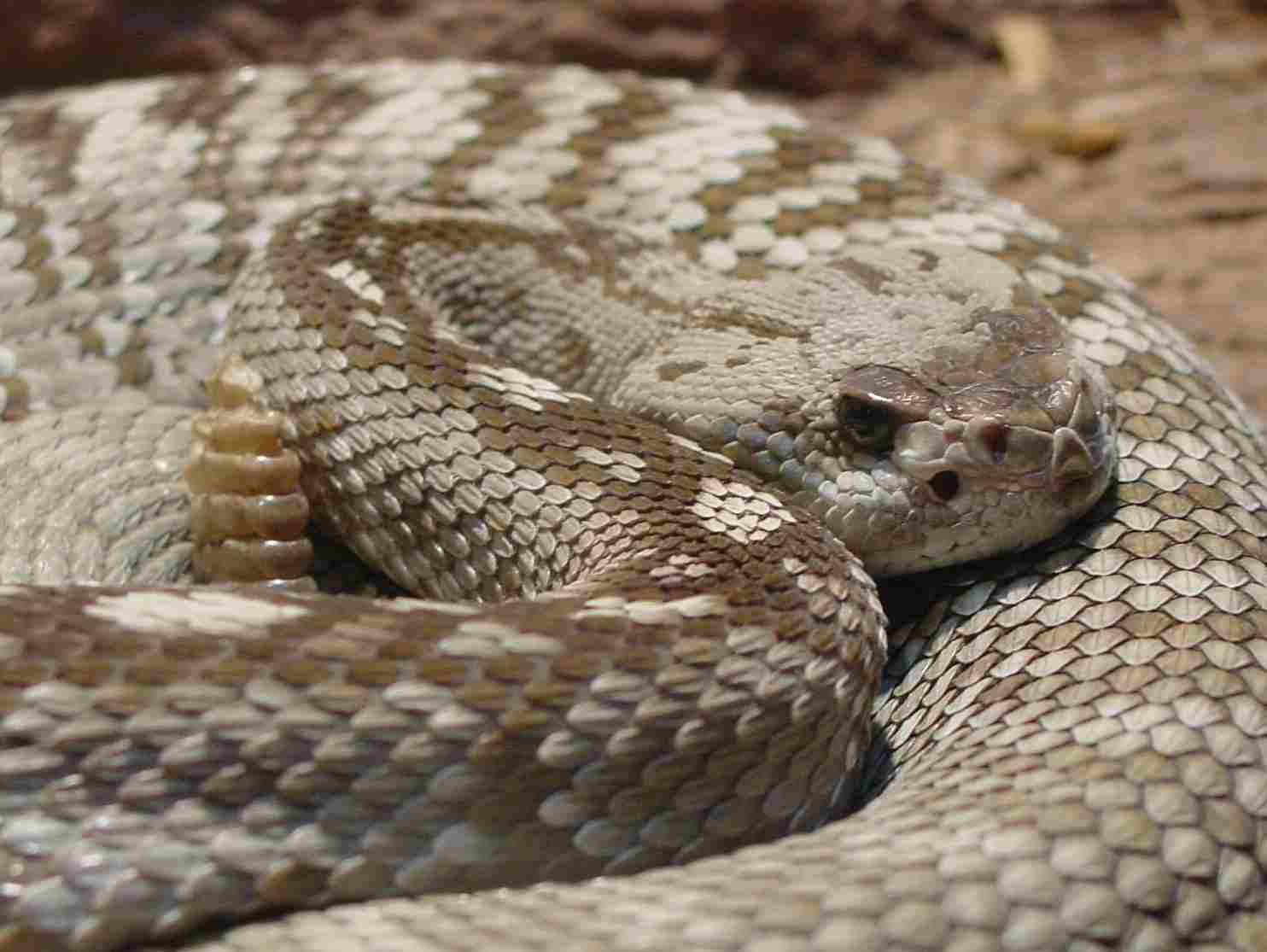
Bobcat:
Fur: Short, dense coat; coloration varies but commonly tan or brown with spots.
Body: Compact, muscular build; tufted ears; short tail.
Rattlesnake:
Scales: Distinctive diamond-shaped scales; coloration varies (e.g., rattlesnakes in the Americas may be brown, gray, or greenish).
Body: Long, cylindrical body; distinctive rattles at the tail.
Comparison:
Bobcats have fur-covered bodies with distinctive patterns, while rattlesnakes have scales and a more elongated appearance.
Ecological Implications:
The bobcat’s fur provides camouflage in various habitats, aiding in hunting, while the rattlesnake’s coloration and rattling mechanism serve as warning signals in its environment.
3. Size:
Bobcat:
Length: 28 to 40 inches (head and body); tail adds an additional 4 to 7 inches.
Rattlesnake:
Length: Varies by species, ranging from 1 to 8 feet.
Comparison:
Bobcats are generally smaller than rattlesnakes, with a more compact body structure.
Ecological Implications:
Size influences their roles in the food chain, with bobcats primarily being predators and rattlesnakes occupying their niche as both predators and prey.
4. Weight:
Bobcat:
Typically 15 to 30 pounds.
Rattlesnake:
Weight varies among species; some can be relatively lightweight, while others may reach several pounds.
Comparison:
Bobcats are generally heavier than rattlesnakes.
Ecological Implications:
Weight influences the energy requirements, hunting strategies, and ecological interactions of these species within their respective ecosystems.
5. Bite Force:
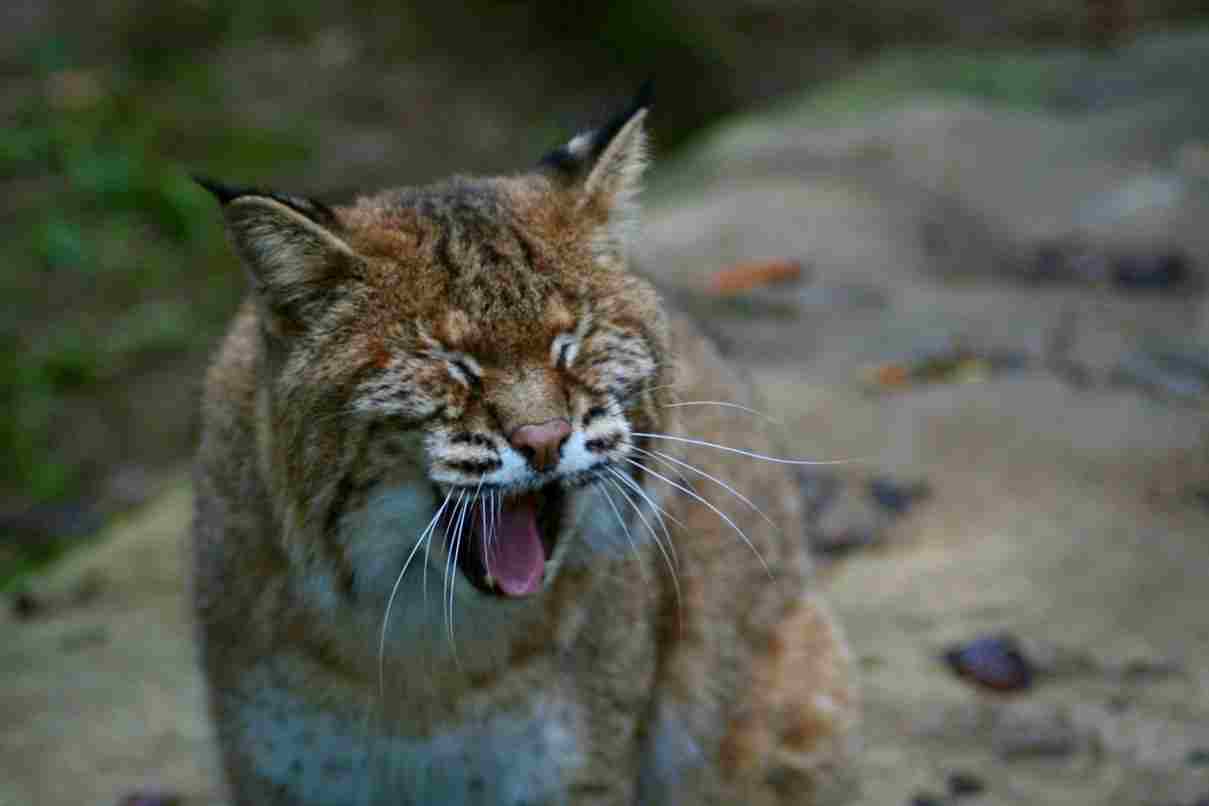
Bobcat:
Bite force is not a prominent feature; adapted for capturing and killing prey efficiently.
Rattlesnake:
Envenomation is the primary mechanism; bite force varies among species.
Comparison:
Bobcats rely on jaw strength for predation, while rattlesnakes use venom for subduing prey.
Ecological Implications:
These adaptations reflect their distinct roles in the food web, with bobcats using biting force for physical restraint and rattlesnakes relying on venom for immobilization.
6. Physical Offensive Advantages:
Bobcat:
Sharp retractable claws for gripping and capturing prey.
Powerful jaw muscles for biting and holding onto prey.
Rattlesnake:
Venomous fangs for injecting toxins into prey.
Coiled body and strike capability for quick attacks.
Comparison:
Bobcats rely on physical prowess, while rattlesnakes use venom as a weapon.
Ecological Implications:
These offensive strategies highlight their respective roles in maintaining ecological balance, with bobcats as predators and rattlesnakes as venomous predators.
7. Physical Defensive Advantages:
Bobcat:
Agility and speed for evading predators.
Camouflage and secretive behavior for avoiding detection.
Rattlesnake:
Camouflage and warning rattles for deterring potential threats.
Venomous bite serves as a last resort defense.
Comparison:
Both species utilize camouflage, but bobcats rely more on agility, while rattlesnakes have a unique defensive warning mechanism.
Ecological Implications:
Defensive adaptations contribute to their survival in different environments, with bobcats evading predators and rattlesnakes deterring threats through warning signals.
8. Speed:
Bobcat:
Agile and capable of reaching speeds up to 30 miles per hour.
Rattlesnake:
Slower in movement compared to mammals, with an average speed of a few miles per hour.
Comparison:
Bobcats exhibit greater speed, a characteristic beneficial for hunting and evading predators.
Ecological Implications:
Speed impacts their hunting success and ability to escape threats, influencing their ecological roles and interactions.
9. Agility:
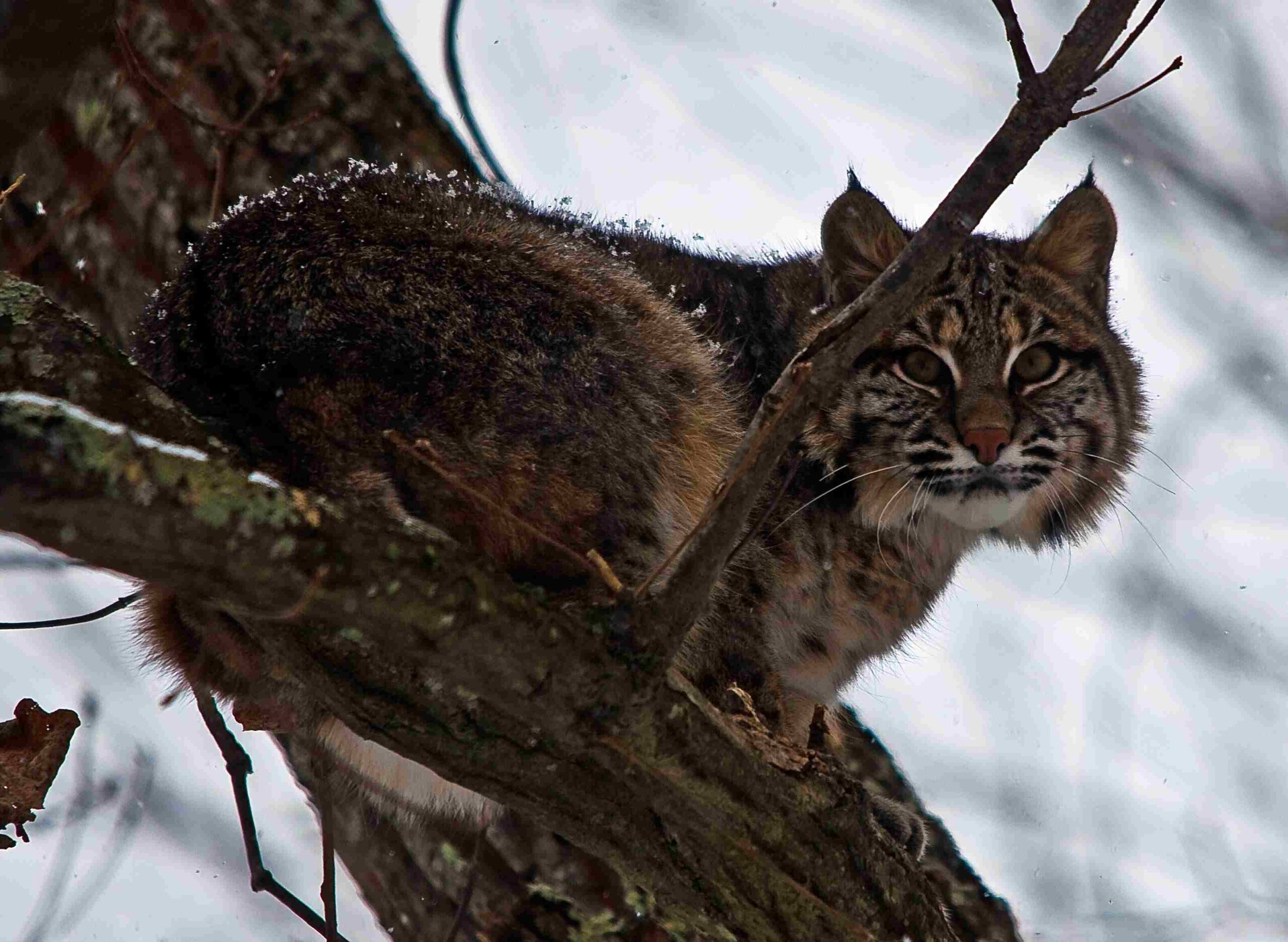
Bobcat:
Highly agile, able to navigate various terrains and climb trees.
Rattlesnake:
Agile in its own way, capable of coiling and striking quickly.
Comparison:
Bobcats showcase agility in versatile movements, while rattlesnakes display agility in striking and maneuvering in confined spaces.
Ecological Implications:
Agility contributes to their effectiveness in different ecological niches, with bobcats utilizing it for diverse hunting strategies and rattlesnakes for ambush and defensive actions.
10. Overall Physical Capacity:
Bobcat:
Adapted for stalking and ambushing prey with a combination of strength, agility, and keen senses.
Well-developed sensory organs, including sharp eyesight and acute hearing.
Rattlesnake:
Specialized for ambush hunting, using venom to incapacitate prey efficiently.
Sensory pits for detecting infrared radiation, aiding in locating warm-blooded prey.
Comparison:
Bobcats rely on a combination of physical attributes for hunting, while rattlesnakes have evolved venomous adaptations.
Ecological Implications:
Their unique physical capacities contribute to their roles in the ecosystem, with bobcats as versatile predators and rattlesnakes as specialized ambush hunters.
11. Habitat Preference(s):
Bobcat:
Diverse habitats including forests, deserts, and swamps.
Territorial and prefer areas with suitable cover for stalking prey.
Rattlesnake:
Varied habitats such as grasslands, deserts, and rocky areas.
Seek shelter in burrows or under rocks for protection.
Comparison:
Both species are adaptable, but bobcats show a broader range of habitat preferences.
Ecological Implications:
Habitat preferences influence their ecological roles and interactions, with bobcats adapting to different environments and rattlesnakes utilizing specific hiding places.
12. Tracks:
Bobcat:
Paw prints with retractable claw marks.
Typically four toes with a distinctive “M” shape.
Rattlesnake:
Serpent-like tracks with no visible claw marks.
Depressions left by the belly scales, often in a sinuous pattern.
Comparison:
Bobcat tracks are paw-shaped, while rattlesnake tracks resemble winding trails without visible claw marks.
Ecological Implications:
Tracking methods contribute to wildlife monitoring and conservation efforts, aiding in the study of population dynamics and distribution.
13. Lifespan:
Bobcat:
Generally 7 to 10 years in the wild.
Longer lifespans in captivity, up to 20 years.
Rattlesnake:
Varies by species but typically 10 to 25 years in the wild.
Influenced by factors such as predation and environmental conditions.
Comparison:
Rattlesnakes generally have a longer lifespan than bobcats in the wild.
Ecological Implications:
Lifespan affects population dynamics and ecological roles, with longer-lived species potentially having a more significant impact on their ecosystems.
14. Mode of Feeding:
Bobcat:
Carnivorous, preying on small mammals, birds, and occasionally larger prey.
Hunts by stalking and ambushing.
Rattlesnake:
Carnivorous, relying on venomous bites to subdue and consume prey.
Ambushes and strikes quickly, consuming prey whole.
Comparison:
Bobcats actively hunt and stalk, while rattlesnakes use ambush tactics and venom for feeding.
Ecological Implications:
Their distinct feeding strategies contribute to maintaining ecological balance, with bobcats regulating prey populations and rattlesnakes affecting smaller mammals’ numbers.
15. Social Behavior:
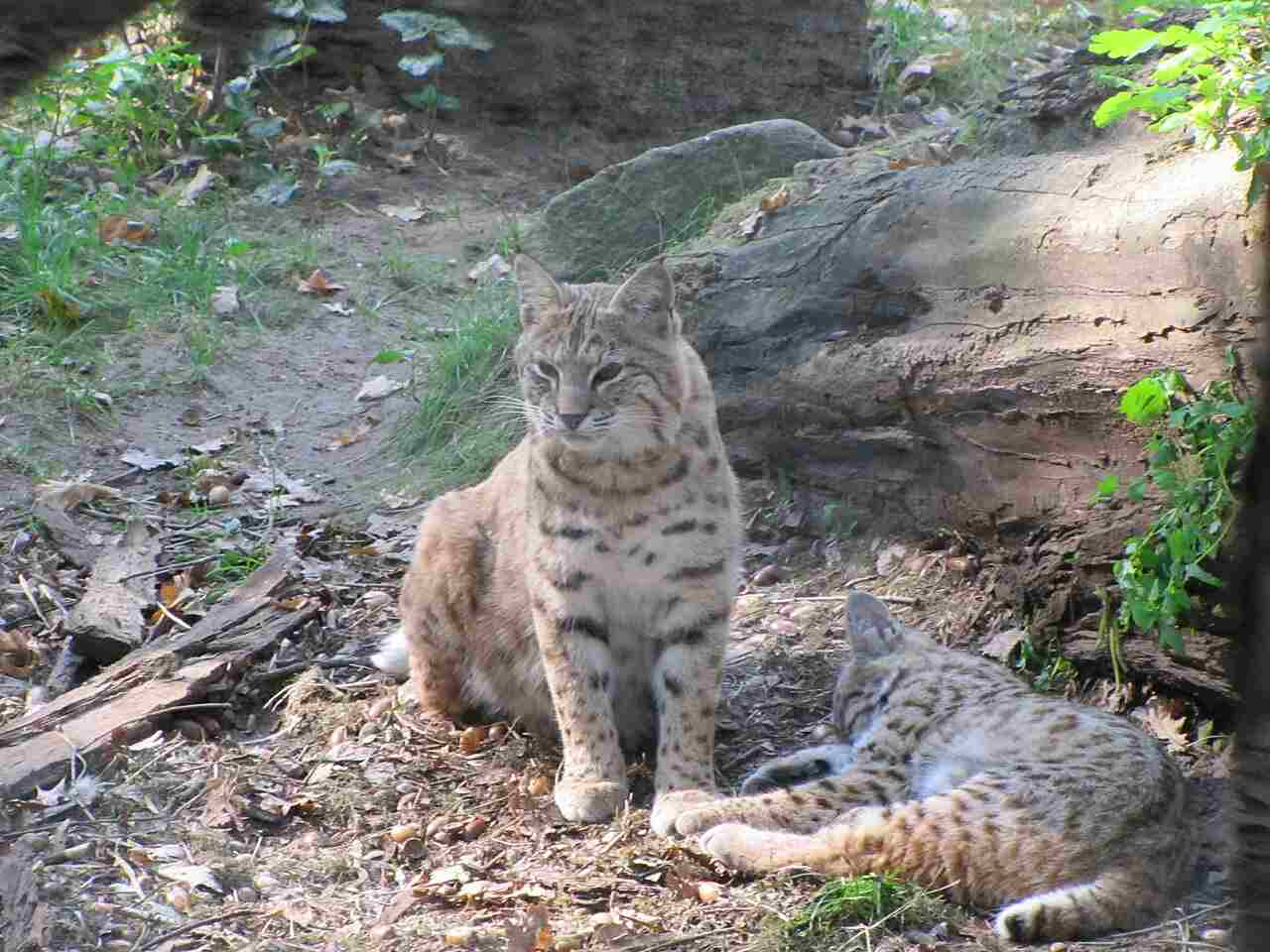
Bobcat:
Mostly solitary, except during mating or when raising young.
Territories are marked and defended.
Rattlesnake:
Primarily solitary, with limited social interactions.
May hibernate in groups during colder months.
Comparison:
Both species exhibit solitary behavior, with minimal social interactions.
Ecological Implications:
Solitary behavior helps avoid competition within their respective niches, contributing to ecological balance.
16. Mode of Reproduction:
Bobcat:
Polygamous mating system, with males competing for females.
Females give birth to a litter of kittens after a gestation period of around 60-70 days.
Rattlesnake:
Ovoviviparous reproduction; eggs develop and hatch internally before live birth.
Mating rituals involve courtship behaviors.
Comparison:
Bobcats have live births after internal development, while rattlesnakes give birth to live young as well, but after internal egg incubation.
Ecological Implications:
Reproductive strategies impact population dynamics and contribute to maintaining biodiversity within their ecosystems.
17. Parental Behavior:
Bobcat:
Females care for and raise the kittens.
Kittens remain with the mother until they become independent.
Rattlesnake:
Limited parental care; offspring are independent after birth.
Newly born snakes are left to fend for themselves.
Comparison:
Bobcats exhibit more extensive parental care, while rattlesnakes have minimal involvement after birth.
Ecological Implications:
Parental behavior influences the survival and development of offspring, impacting the overall population dynamics within their ecosystems.
18. Proximity to Human-Inhabited Areas:
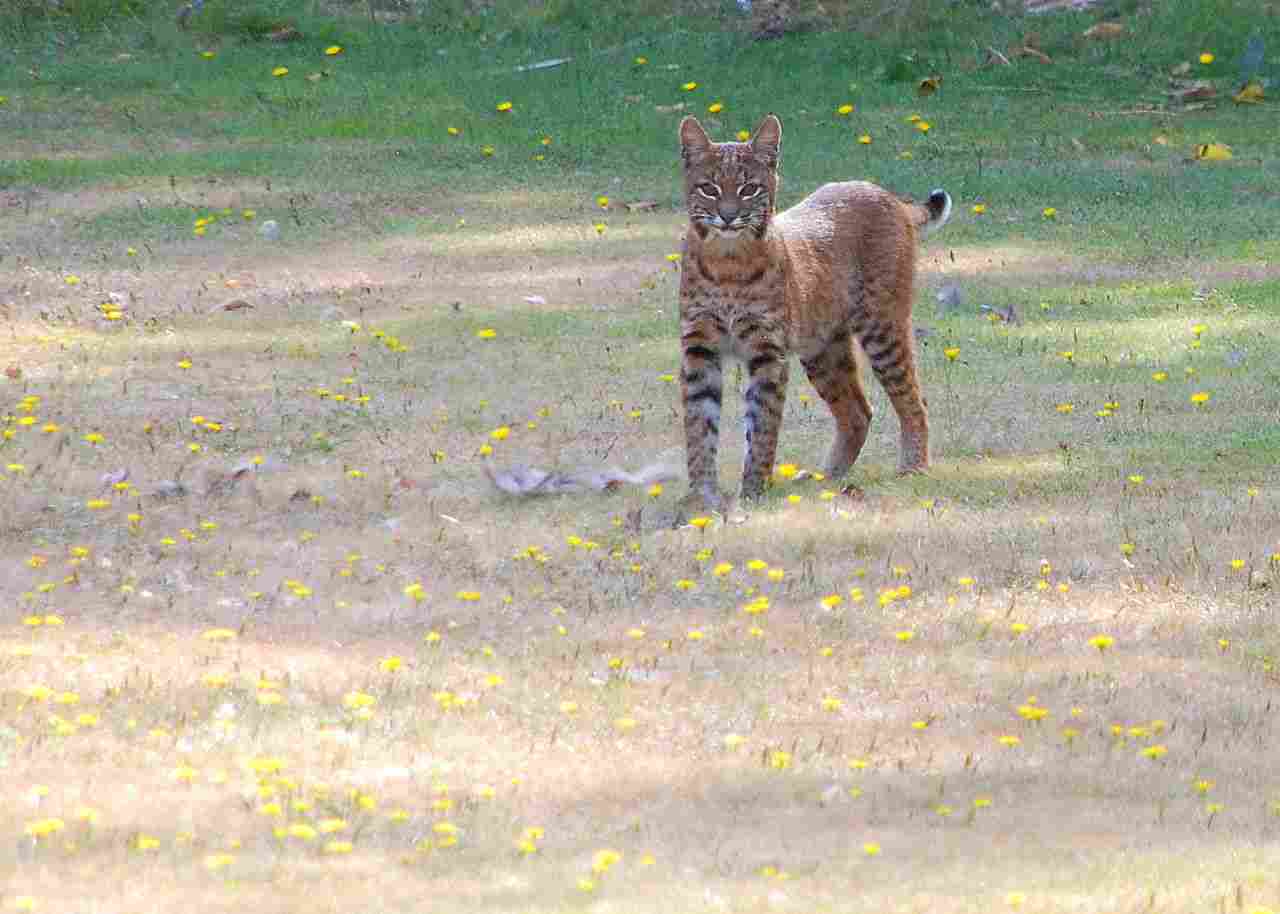
Bobcat:
Adaptable to various environments, including suburban and urban areas.
Encounters with humans may occur, especially in areas with habitat encroachment.
Rattlesnake:
Found in diverse habitats, including deserts and suburban areas.
Encounters with humans may lead to conflicts, especially when rattlesnakes seek shelter in residential areas.
Comparison:
Both species can coexist near human-inhabited areas, posing potential challenges for wildlife management.
Ecological Implications:
Human-wildlife conflicts may arise, impacting the conservation efforts and management strategies for these species.
19. Behavior Toward Humans:
Bobcat:
Generally elusive and avoidant of humans.
Rarely pose a direct threat unless cornered or provoked.
Rattlesnake:
Typically avoid human contact but may strike if threatened.
Warning rattles serve as a defensive behavior.
Comparison:
Both species have defensive behaviors but generally avoid direct confrontation with humans.
Ecological Implications:
Understanding their behaviors helps mitigate potential conflicts and enhances coexistence in shared environments.
20. Danger Posed to Humans:
Bobcat:
Rarely pose a significant danger to humans; attacks are uncommon.
Instances of aggression typically involve protecting offspring or territory.
Rattlesnake:
Potentially dangerous due to venomous bites.
Most bites occur when humans inadvertently step on or disturb the snake.
Comparison:
While bobcats may pose minimal danger, rattlesnakes have the potential for venomous bites, necessitating caution.
Ecological Implications:
Human safety considerations are crucial, and awareness of potential dangers informs conservation and management strategies.
21. Associated Precautions:
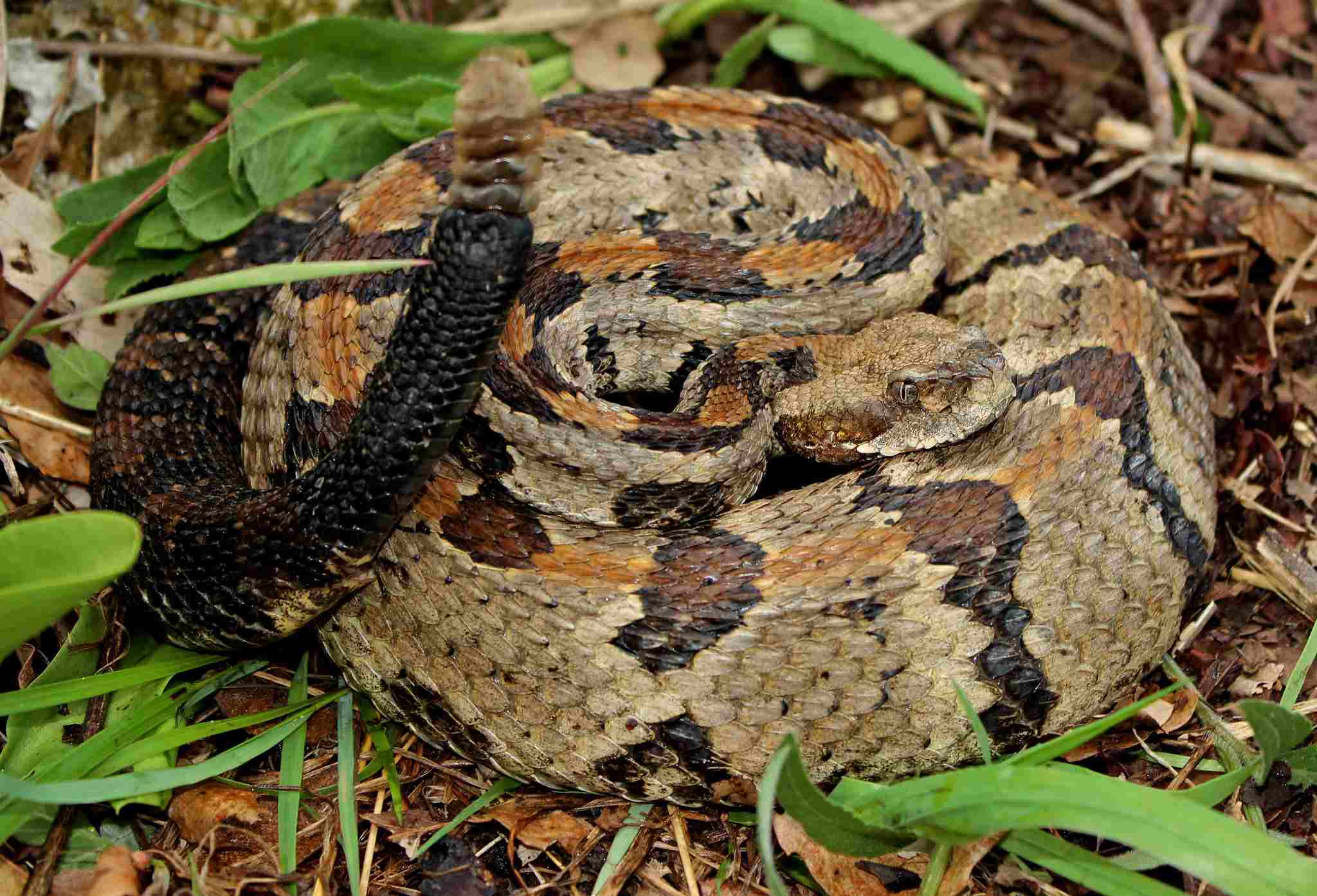
Bobcat:
Awareness and education to minimize potential encounters.
Secure garbage and avoid leaving pet food outside to reduce attractants.
Rattlesnake:
Caution when hiking or working in snake-prone areas.
Education on snake behavior and avoidance practices.
Comparison:
Precautionary measures involve understanding and respecting the behavior of each species.
Ecological Implications:
Human precautions contribute to coexistence, reducing negative impacts on both wildlife and human communities.
22. Conservation Status:
Bobcat:
Generally stable and widespread; listed as “Least Concern” by the International Union for Conservation of Nature (IUCN).
Population threats include habitat loss and fragmentation.
Rattlesnake:
Conservation status varies by species; some are of “Least Concern,” while others may face threats.
Habitat destruction, persecution, and climate change pose challenges.
Comparison:
Conservation statuses vary among rattlesnake species, but overall, bobcats are more consistently categorized as “Least Concern.”
Ecological Implications:
Conservation efforts need to address specific threats to each species, considering their roles in ecosystems.
Summary of Bobcat vs. Rattlesnake Comparison:
1. Taxonomy:
Bobcat: Mammal (Felidae).
Rattlesnake: Reptile (Viperidae).
2. Appearance:
Bobcat: Short fur, compact build.
Rattlesnake: Scales, elongated body.
3. Size:
Bobcat: 28-40 inches.
Rattlesnake: Varies by species, 1-8 feet.
4. Weight:
Bobcat: 15-30 pounds.
Rattlesnake: Varies.
5. Bite Force:
Bobcat: Predatory jaw strength.
Rattlesnake: Venomous bites.
6. Physical Offensive Advantages:
Bobcat: Claws, jaw strength.
Rattlesnake: Venomous fangs, striking.
7. Physical Defensive Advantages:
Bobcat: Agility, camouflage.
Rattlesnake: Camouflage, warning rattles.
8. Speed:
Bobcat: Up to 30 mph.
Rattlesnake: Slower, a few mph.
9. Agility:
Bobcat: Highly agile, climbing.
Rattlesnake: Agile in striking.
10. Overall Physical Capacity: – Bobcat: Versatile predator. – Rattlesnake: Ambush hunter, venomous.
11. Habitat Preference(s): – Bobcat: Diverse, including forests. – Rattlesnake: Varied, deserts.
12. Tracks: – Bobcat: Paw prints, retractable claws. – Rattlesnake: Sinuous trail, no claws.
13. Lifespan: – Bobcat: 7-10 years (wild). – Rattlesnake: 10-25 years (wild).
14. Mode of Feeding: – Bobcat: Active hunting. – Rattlesnake: Ambush, venomous bites.
15. Social Behavior: – Both: Mostly solitary.
16. Mode of Reproduction: – Bobcat: Polygamous, live birth. – Rattlesnake: Ovoviviparous, live birth.
17. Parental Behavior: – Bobcat: Extensive care. – Rattlesnake: Limited care.
18. Proximity to Human-Inhabited Areas: – Both: Adaptable to suburban areas.
19. Behavior Toward Humans: – Both: Generally avoidant, defensive if threatened.
20. Danger Posed to Humans: – Bobcat: Rarely dangerous. – Rattlesnake: Potential danger due to venom.
21. Associated Precautions: – Both: Caution, education for coexistence.
22. Conservation Status: – Bobcat: Generally “Least Concern.” – Rattlesnake: Varies by species, may face threats.
Conclusion:
Similarities:
Both bobcats and rattlesnakes play vital roles in maintaining ecological balance within their respective ecosystems.
Adaptations for survival include camouflage, territorial behavior, and defensive mechanisms.
Differences:
Bobcats are mammals with a carnivorous diet, relying on physical prowess for hunting, while rattlesnakes are reptiles using venom for predation.
Reproductive strategies, parental care, and lifespans differ, influencing population dynamics and ecological interactions.
Ecological Implications:
Understanding the unique contributions and challenges each species faces is crucial for effective conservation and management strategies.
